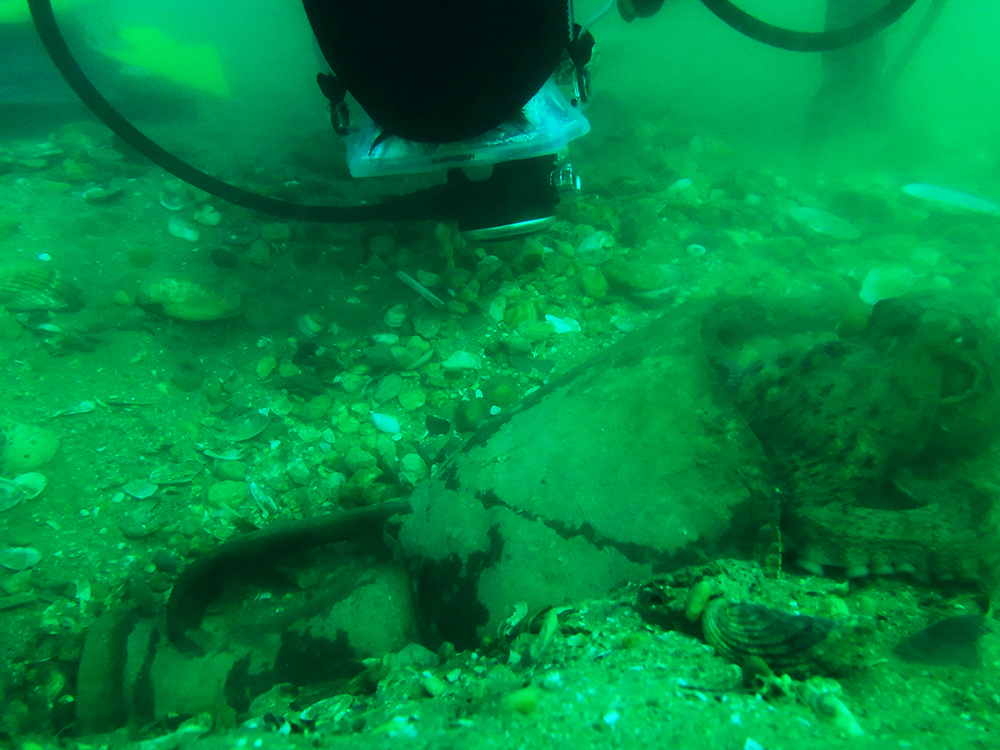 The underwater archaeological site Ponta do Altar A, located at the mouth of the Arade river, opposite Praia dos Caneiros, is "perfectly valued" from a tourist point of view, guaranteed underwater archaeologist Cristóvão Fonseca in an interview with Sul Informação.
The underwater archaeological site Ponta do Altar A, located at the mouth of the Arade river, opposite Praia dos Caneiros, is "perfectly valued" from a tourist point of view, guaranteed underwater archaeologist Cristóvão Fonseca in an interview with Sul Informação.
Underwater, at a depth of about six to eight meters, there are three iron cannons, resulting from a «shipwreck in modern times» (XNUMXth/XNUMXth century), which can be seen by bathers wearing «diving goggles and fins ». "If there is a panel on the beach explaining the underwater itinerary, then the tourist, with a small board that explains it, goes to the site and realizes that there was a shipwreck there when he saw those cannons," he added.
Inside the Arade estuary, just a few steps away, and full of underwater archaeological remains, «you can't do that, you can't put tourists there to dive with their goggles and fins, because of the visibility of the waters, but also because of constant boat traffic», explains Cristóvão Fonseca.
For the underwater archaeologist, however, despite much that is already known about the submerged remains near the mouth of the Arade, «the entire coast of Portimão has to be worked on».
Therefore, on land, researchers from the History Center d'Aquém and d'Além-Mar (CHAM), together with the Museum of Portimão, have been carrying out a «survey of people who were linked to this reality of the diving, one of them is Hélder Mendes», diver and former director of RTP who, in the 70s of the last century, filmed for the first time, underwater, the underwater remains in the Arade River. “By crossing information, we will be able to identify more potential sites”.
Cristóvão Fonseca, along with José Bettencourt, was responsible for the underwater archeology campaign carried out by CHAM, an inter-university research unit of the Faculty of Social and Human Sciences of the Universidade Nova de Lisboa, on the Arade river during the first two weeks of September, in scope of the project “Between the Mediterranean and the Atlantic: an approach to the underwater cultural heritage of the Arade River estuary”.
The objective of this short campaign was to «take stock of all the archaeological sites» already identified in previous works in the Arade estuary, in particular GEO 5 and Arade B, but also outside, with Ponta do Altar A (where the archaeological record was made) and B, also around Leixão da Gaivota. In addition to the assessment, there was also work on “prospecting and recovering assets at risk”.
From the Arade B site, which was an anchorage inside the river, from Roman times to modern times, «some sets of pulleys with cables, anchors, XNUMXth and XNUMXth century ceramics and characteristic Ibero-Atlantic ship woods have already been identified. from that time", which indicates that it may have been a "small site of the modern era".
But, taking into account the amount of amphorae, the researchers think that it was also “a shipwreck site from the Roman era”, and, in that respect, very, very interesting.
In that place, during campaigns in previous years, 13 amphorae have already been identified – and removed from the bottom of the river – “some of them complete and all of the same type (Dressel 7-11). This year, archaeologists removed yet another amphora, "practically complete", he revealed to the Sul Informação.
The problem is that the place where the Arade B archaeological site is located continues, in modern times, to be “an anchorage and it is difficult to mark out the area to prevent boats from anchoring there. If we had more work done, we would get a definition, a circumscription of the space and it could be marked out so as not to be able to anchor over the site», admits Cristóvão Fonseca.
In the current situation, he emphasizes, "if one of those amphorae has an iron on top of it, it will shatter", so archeologists remove from the bottom "the material that gives us more information".
“As long as we cannot carry out more systematic work and for a longer time, as long as it is not possible to make soundings by excavation, we cannot get out of this: only the record of this spoil and some material that we are recovering is safeguarded”.
At the GEO 5 site, the team of researchers found that “a wooden ship pegged to copper alloy, possibly from the XNUMXth century, has its naval structure currently very exposed and therefore in a progressive state of degradation, but offering a unique opportunity of study".
And in these two weeks of work, a discovery was also made: “an unprecedented anchor, possibly from the XNUMXth century, off Leixão da Gaivota” was identified.
The team that was carrying out this campaign was made up of six permanent members, including three students from the Archeology course at the Faculty of Human and Social Sciences, Universidade Nova de Lisboa, and the other underwater archaeologists from CHAM, as well as three members from the Museum of Portimão. Underwater, whenever the fires gave them rest (both are firefighters), were the technicians of the Museum Nuno Silva and Rui Nicolau, while on land, Andreia Machado, a conservation and restoration technician, was there. It was at the Portimão Museum that the team's logistical support base for this campaign also functioned.
Despite the short period of time, Cristóvão Fonseca considers that «the campaign carried out fulfilled the initially defined objectives of reassessing the archaeological heritage of the estuary and mouth of the Arade river, as well as recognizing the potential of implementing a project that promotes research and awareness. public for the theme of underwater cultural heritage'. "We had enough results and the campaign was very fruitful", he guaranteed, in his interview with Sul Informação.
But, for a successful project to take place again on the Arade River, in order to investigate, make known and value its enormous underwater heritage, there will have to be, stresses the archaeologist, «a congregation of efforts to raise greater sustainability and seeking to ensure a deeper, broader and more continuous approach».
Despite all the good will that was gathered this time, to carry out the systematic investigation that the submerged wealth of the Arade deserves, money is needed, which guarantees the archaeologists resources and more time. It cannot be the current “touch and run” of two intense but insufficient weeks.
In any case, this campaign had the support of several institutions, namely the Museum of Portimão, the Municipality of Portimão, the Parish Council of Portimão, the Clube Naval de Portimão, the Archaeological Association of the Algarve, the Grupo de Amigos do Museum of Portimão, the archeology company Archeosfera Lda, the Underwater Diving Club Portisub, the Captaincy of the Port of Portimão, the Administration of the Ports of Sines and the Algarve, the General Directorate of Cultural Heritage and the National Center for Nautical Archeology and Underwater.
Next year – hopefully – there will be more!
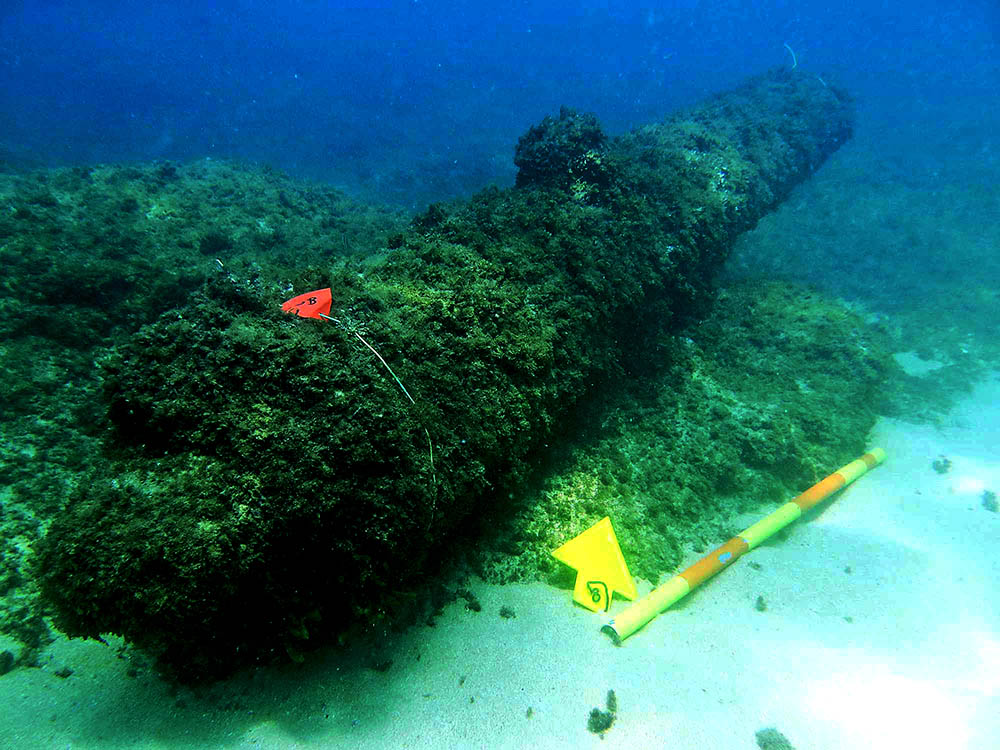
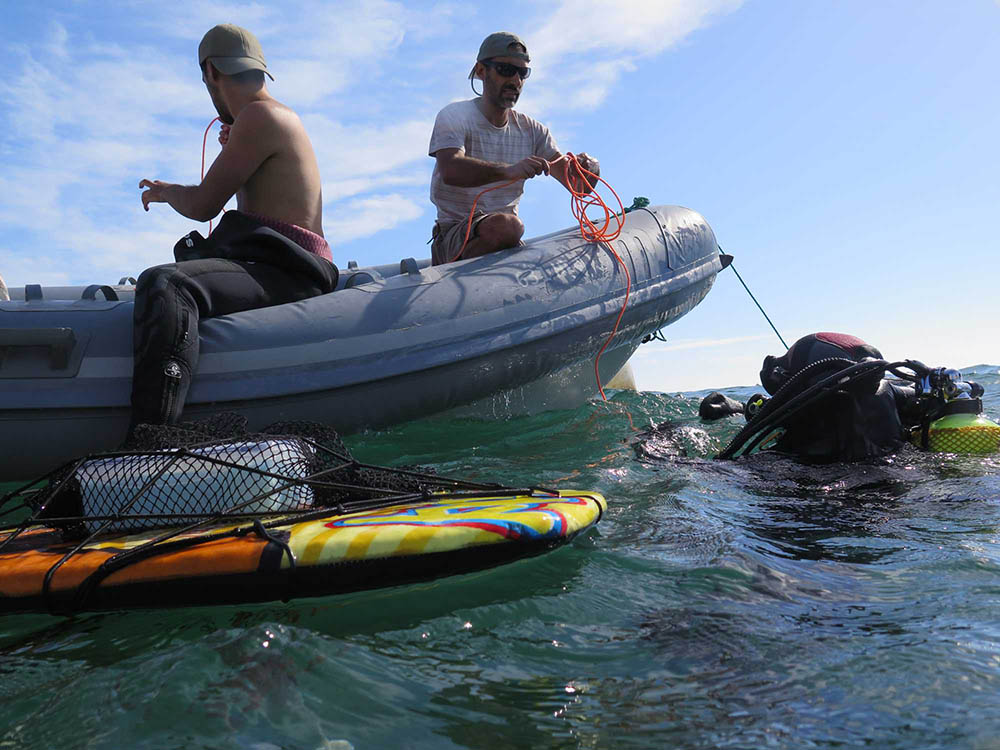
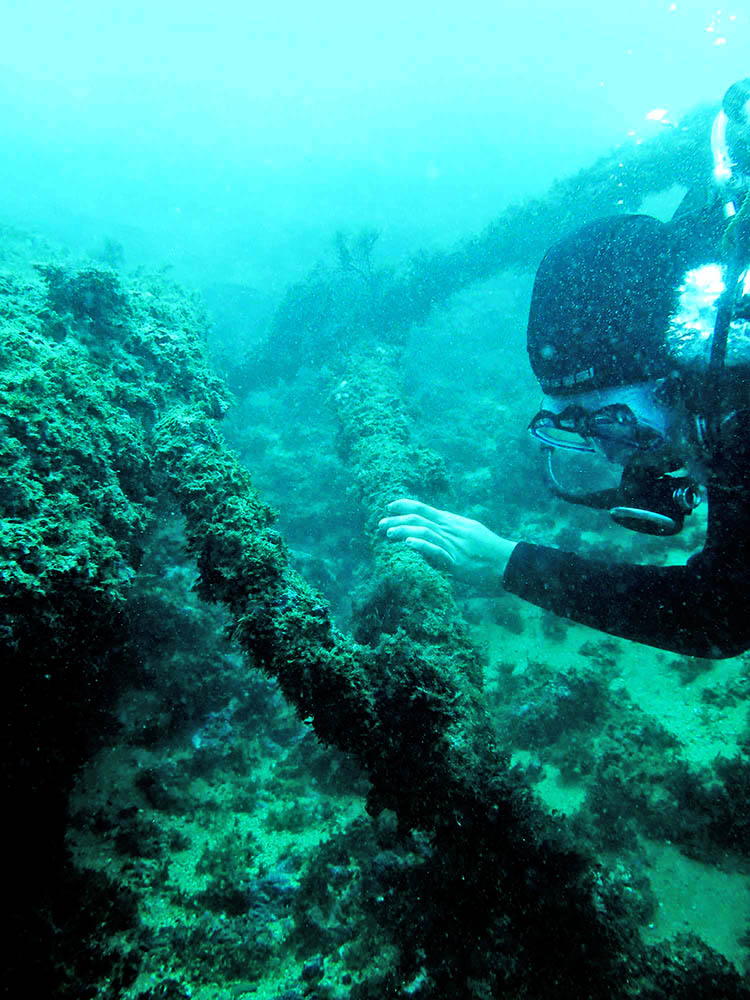
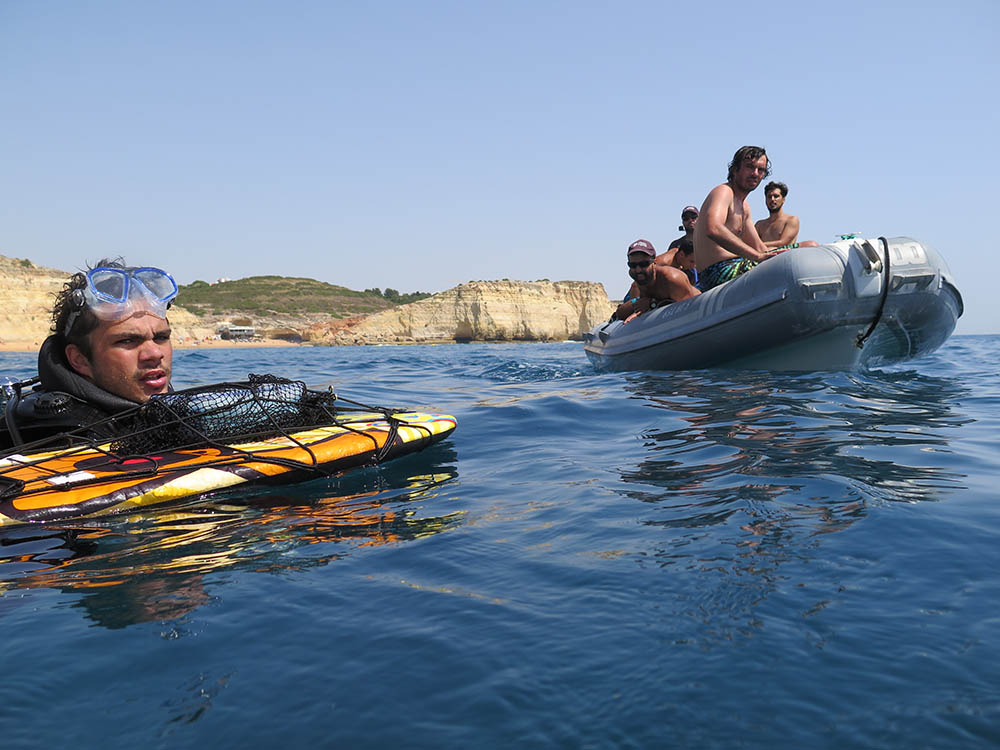
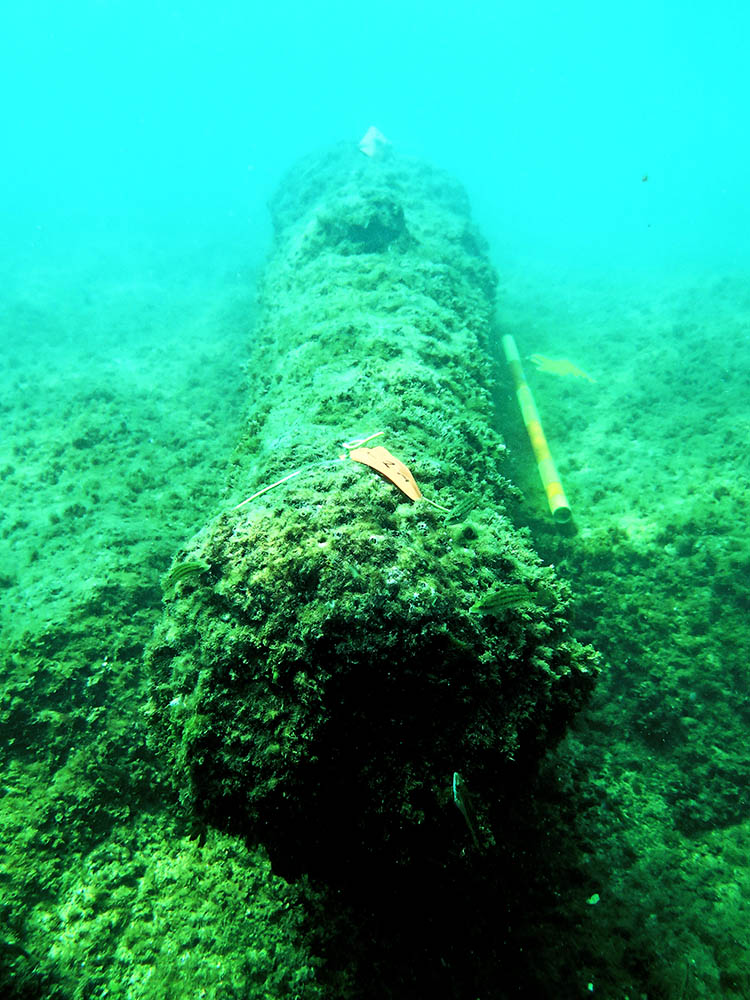
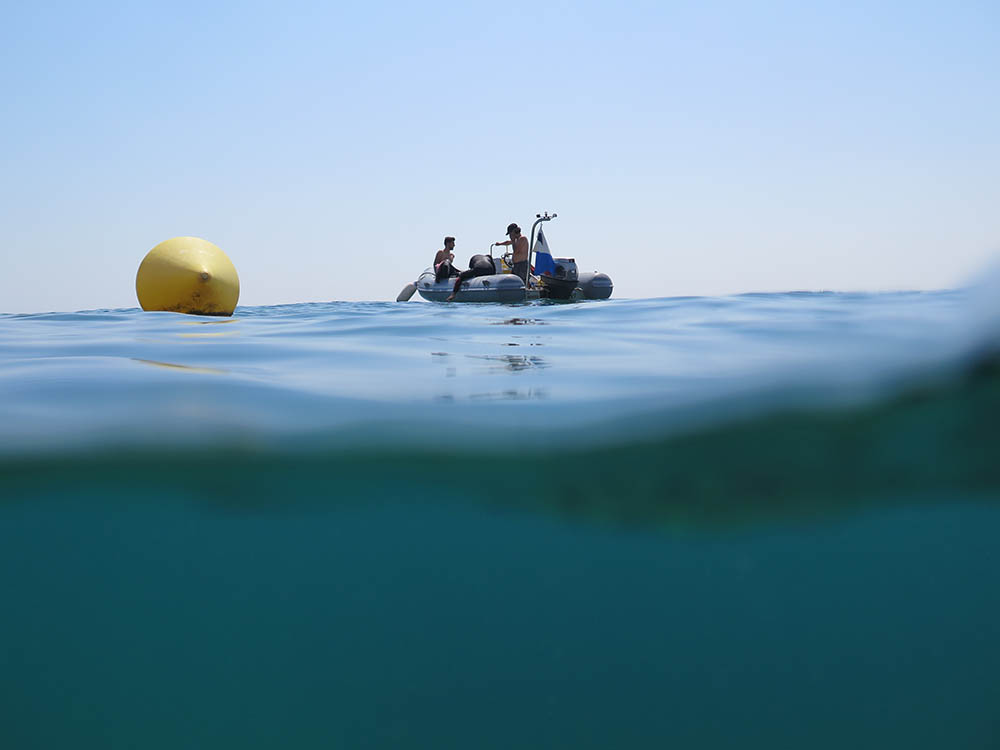
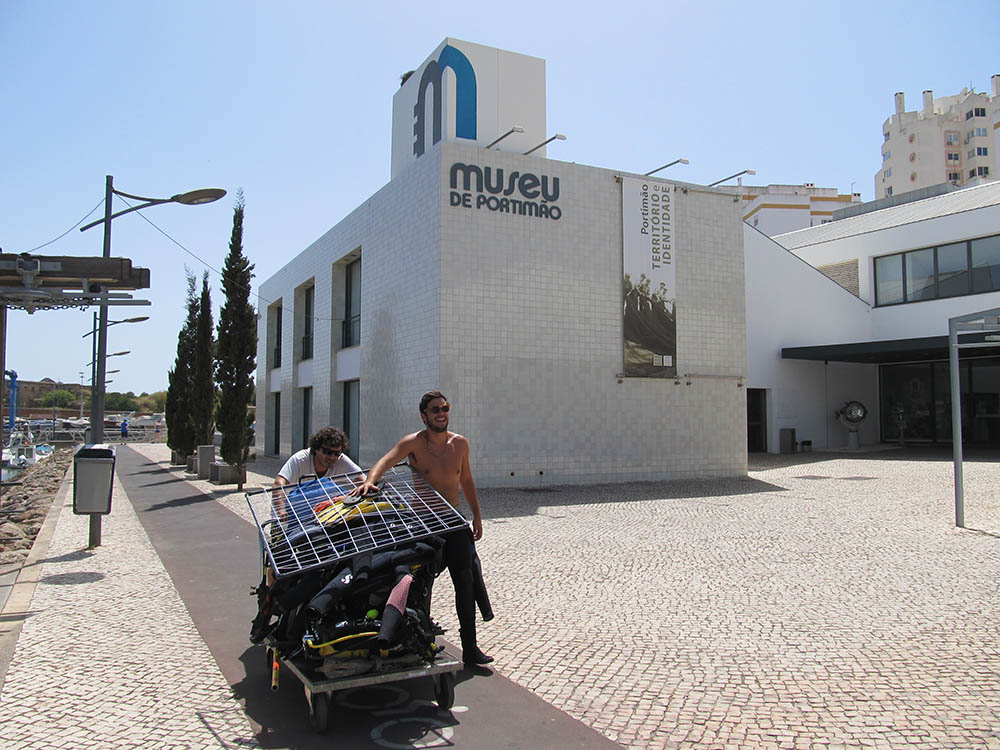
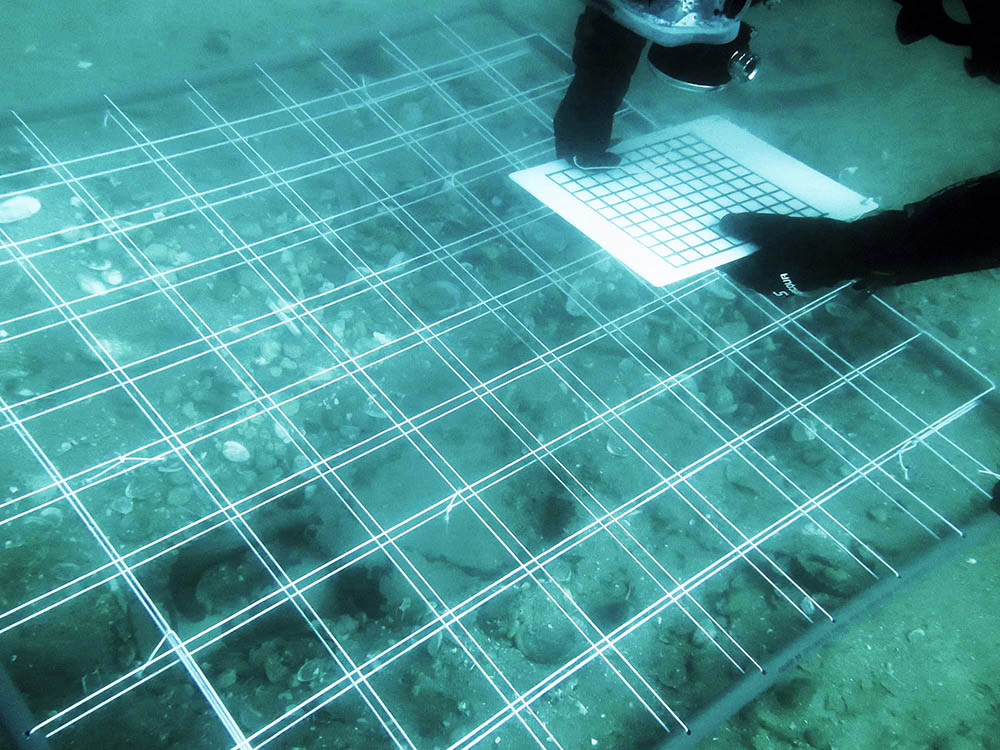
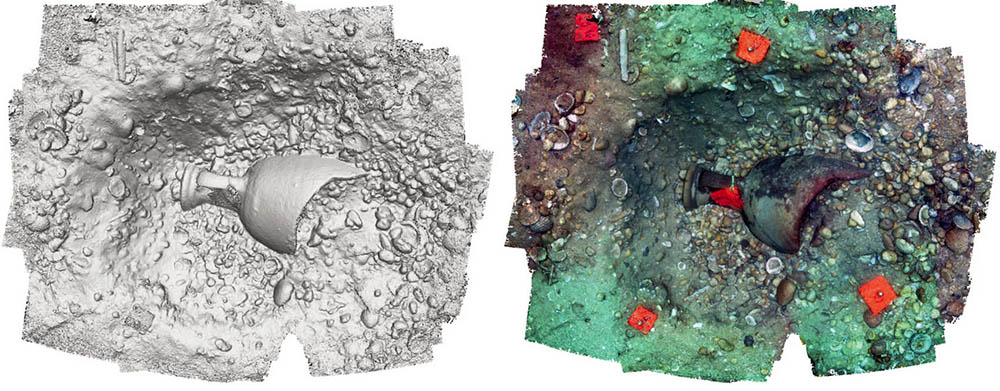
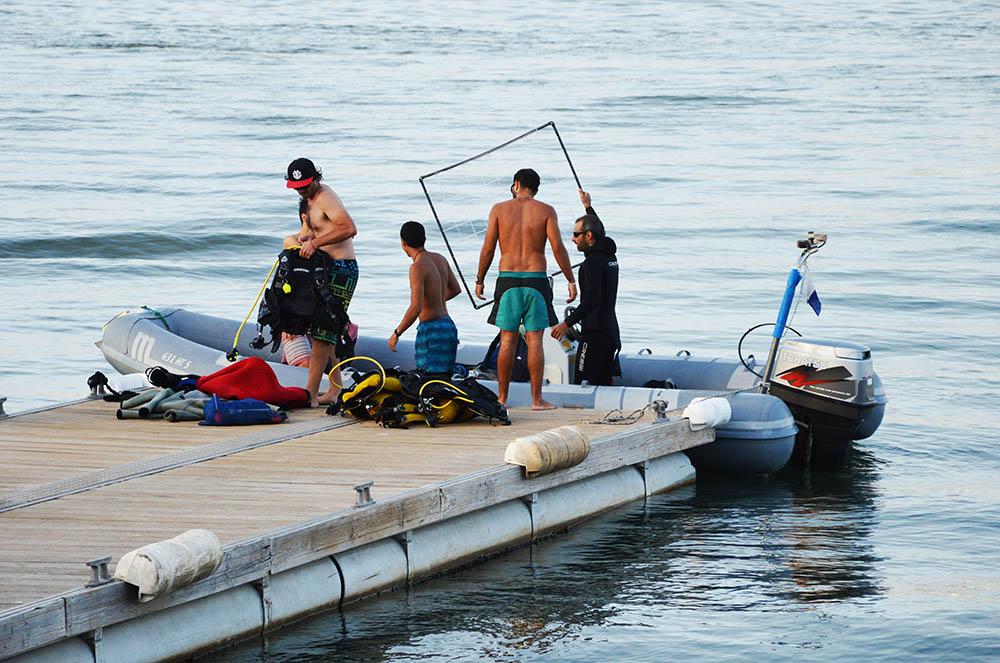

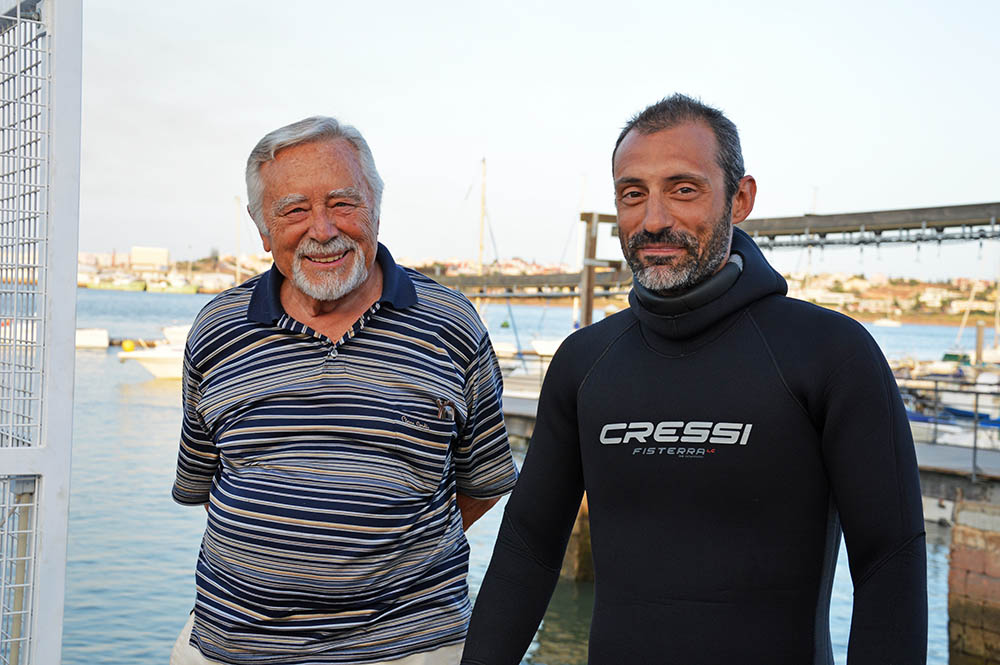

















Comments